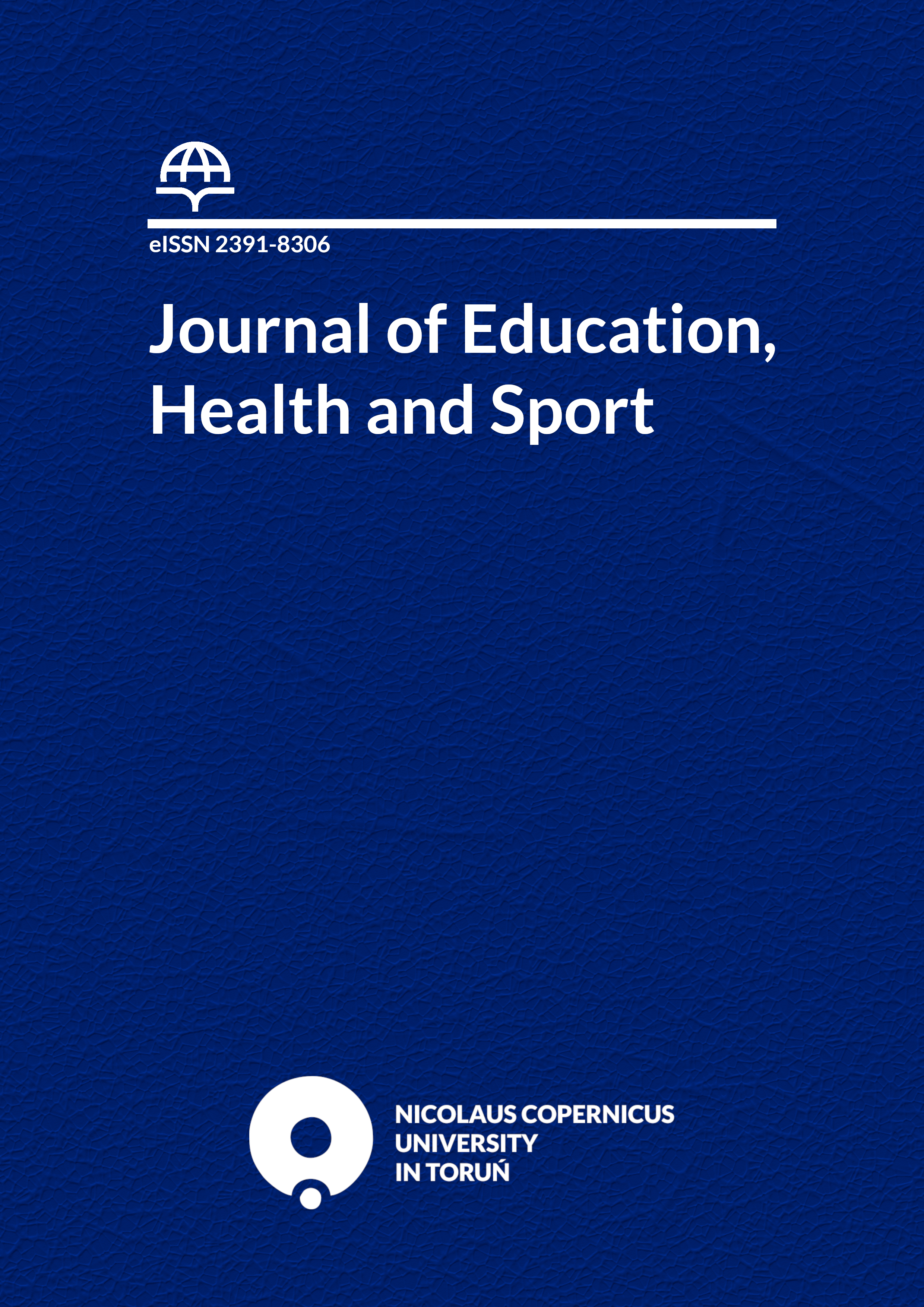Surgical Site Infection (SSI)
DOI:
https://doi.org/10.12775/JEHS.2025.82.60278Keywords
surgical site infection, inflammation, surgical wounds, postoperative mortality, routes of infection, gram-positive bacteria, aerobic bacteria, anaerobic bacteria, pathogenic fungi, SSI risk indices, surgical drainage, local antibiotic therapy, VAC techniqueAbstract
Surgical Site Infections (SSIs) are a significant complication of invasive surgical procedures, contributing to increased morbidity, mortality, and healthcare costs globally. Despite advancements in surgical techniques, hygiene practices, and the implementation of infection control protocols, SSIs remain a critical issue in postoperative care. This document provides a comprehensive overview of SSIs, including their definition, causes, risk factors, and microbiology. The primary pathogens responsible for SSIs are Gram-positive bacteria and fungi, with specific concern for immunosuppressed patients who are at increased risk for opportunistic infections. The classification of SSIs based on wound cleanliness and depth is essential for determining the appropriate treatment strategy, which may include drainage, surgical debridement, and the use of local or systemic antibiotic therapy. The document also highlights the importance of preventive measures, including rigorous perioperative antibiotic prophylaxis and adherence to established surgical protocols, to reduce the incidence of SSIs. The discussion is supported by data from various studies and clinical guidelines, emphasizing the need for ongoing vigilance in infection control practices to mitigate the impact of SSIs on patient outcomes.
References
1. Janusz Cianciara, Jacek Juszczyk, et al.; Choroby zakaźne i pasożytnicze; Czelej Publishing, Lublin 2007; 10-11;120-136.
2. Dennis L. Kasper, Anthony S. Fauci; Harrison. Choroby zakaźne; Czelej Publishing, Lublin 2012.
3. Maciej Montewka, Aneta Skrzek, Dorota Plewik, Sławomir Rudzki, Andrzej Wysokiński, Maria Kozioł-Montewka; Zakażenia miejsca operowanego - charakterystyka czynników ryzyka endogennych źródeł zakażenia i metody zapobiegawcze; Post. Mikrobiol. 2012 51(3) 227–235.
4. Townsend C.M., Beauchamp R.D., Evers B.M., Mattox K.L.; Sabiston Textbook of Surgery, Elsevier Saunders 2004 (17th edition).
5. Managram A.J., Horan T.C., Pearson M.L., et al.; The Hospital Infection Control Practices Advisory Committee Infect Control Hosp Epidemiol 1999; 20; 247-80.
6. Olson M, O'Connor M, Schwartz ML.; *Surgical wound infections. A 5-year prospective study of 20,193 wounds at the Minneapolis VA Medical Center. Ann Surg. 1984 Mar;199(3):253-259.
Downloads
Published
How to Cite
Issue
Section
License
Copyright (c) 2025 Kinga Rogowska, Aleksandra Romanowska, Aleksandra Padkowska, Michał Borawski, Aleksandra Ciuła, Klaudia Arciszewska, Jakub Maciej Pieniążek, Mateusz Dobosz, Jakub Buczkowski, Weronika Biaduń

This work is licensed under a Creative Commons Attribution-NonCommercial-ShareAlike 4.0 International License.
The periodical offers access to content in the Open Access system under the Creative Commons Attribution-NonCommercial-ShareAlike 4.0
Stats
Number of views and downloads: 310
Number of citations: 0



